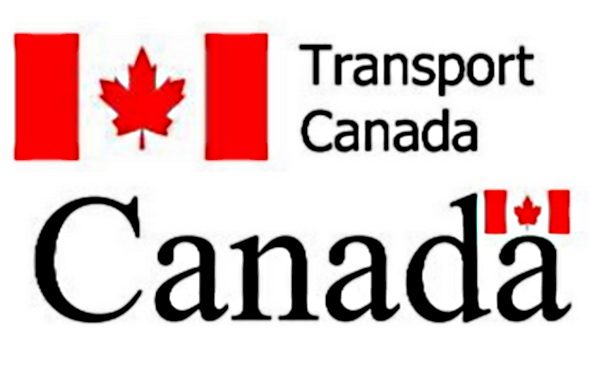The following is from Canada’s TSB and outlines their approach to the recent drone incident.
Collision with unmanned aerial vehicle
The occurrence
On 12 October 2017, a Beech King Air A100 operated by Skyjet M. G. was on an instrument flight rules flight from the Rouyn-Noranda (Quebec) airport (CYUY) to the Jean Lesage International Airport (CYQB) in Québec City, Quebec with 2 crew members and 6 passengers on board. The aircraft was approaching runway 24 and had just passed the final approach fix when the crew noticed a drone – an unmanned aerial vehicle (UAV) – at the extremity of the left wing. The aircraft struck the UAV at an altitude of 1500 feet and the crew declared an emergency. Aircraft rescue and firefighting services were deployed and the aircraft safely landed on runway 24. The aircraft inspection revealed a few scratches and some paint transfer on the top surface of the left wing and scrape marks on the de-icing boot. The aircraft was then returned to service. No one was injured.
Investigator-in-Charge
Kristina Schoos has more than 15 years of experience as a helicopter pilot with various 702 and 703 operators, during which she has accumulated more than 6000 hours of flying time across the country on 6 different types of helicopter including the Bell 206 and Aerospatiale AS350. In the course of her career, she has been responsible for flight and ground training and worked as Assistant chief-pilot. Kristina also holds a Bachelor of Science in Nursing.
Transportation Safety Board investigation process
There are 3 phases to a TSB investigation:
- Field phase: a team of investigators examines the occurrence site and wreckage, interviews witnesses and collects pertinent information.
- Examination and analysis phase: the TSB reviews pertinent records, tests components of the wreckage in the lab, determines the sequence of events and identifies safety deficiencies. When safety deficiencies are suspected or confirmed, the TSB advises the appropriate authority without waiting until publication of the final report.
- Report phase: a confidential draft report is approved by the Board and sent to persons and corporations who are directly concerned by the report. They then have the opportunity to dispute or correct information they believe to be incorrect. The Board considers all representations before approving the final report, which is subsequently released to the public.
For more information, see our Investigation process page.
Frank Schroth is editor in chief of DroneLife, the authoritative source for news and analysis on the drone industry: it’s people, products, trends, and events.
Email Frank
TWITTER:@fschroth
